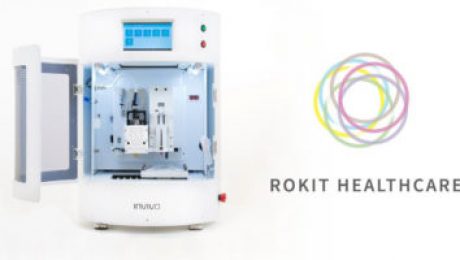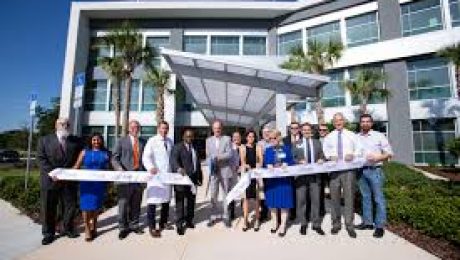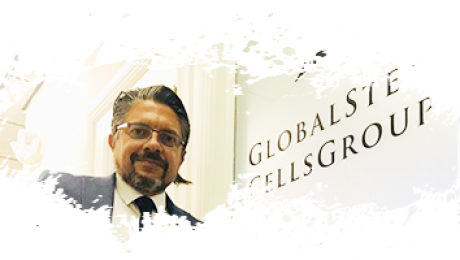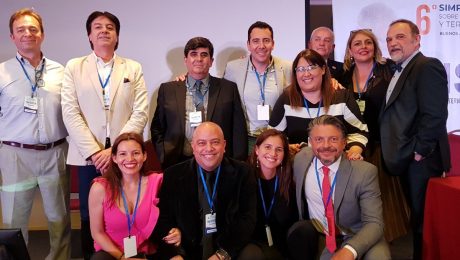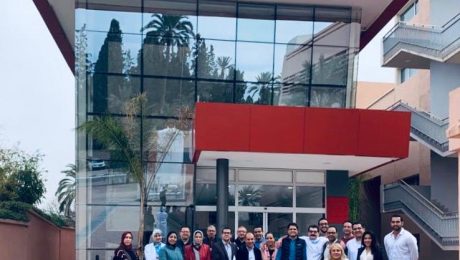Serial Entrepeneur
founder Global Stem Cells Group
Global Stem Cells Group announces an agreement with the South Korean biotechnology giant known as Rokit Healthcare to represent the company’s technology in the Latin American market. Miami, FL (PRUnderground) July 8th, 2020 The Global Stem Cells Group (GSCG) a world leader in Regenerative Medicine Technologies has signed an agreement with South Korean-based Rokit Healthcare, an esteemed bioprinter
The Stem Cell Center Network is an international network of regenerative medicine practitioners. The new Portuguese center will be located in the clinic of Dr. Hugo Madeiras, a highly-accredited Physician who will preside over the facility as Global Stem Cells Group’s chief representative in Portugal Miami, FL (PRUnderground) July 10th, 2020 The Stem Cell Center
The reception area is often considered a mere physical space, something like the anteroom of what is truly important. In reality it is the fundamental piece, the entrance door, the first impression that can make the difference between a successful visit … or not . Here are my suggestions and detailed steps on what a
Everyone knows and agrees that having a good advisor is critical to success. As a physician, I don’t have to explain to you how valuable it is to know what successful clinics do to outperform their competitors. Or how a new perspective can shed light on deficiencies in your query that you are not seeing.
A Step towards the Actualization of Regenerative Medicine The Global Stem Cells Group takes another luminary step by launching its new company VITA NOVAS in the field of Regenerative medicine. Vita Novas is a mobile IV infusion company that provides in-home treatments to patients in need of immune modulation to help fight infections, viruses, and
s no secret that a quality IV infusion can boost health and energy. Vita Novas makes this more simple than ever performing IV services than revitalize the body and help it regenerate, right at home. Miami , Florida (PRUnderground) May 20th, 2020 The interest in boosting the immune system in a safe and effective way
After several months of silence due to the mandatory shutdown in place, the training division of Global Stem Cells Group –known as ISSCA Training– has officially announced the reopening of its regularly scheduled training dates Around the world The future’s looking bright for our Regenerative MedicineTraining program, we’ve taken our course and updated it, reinforcing



